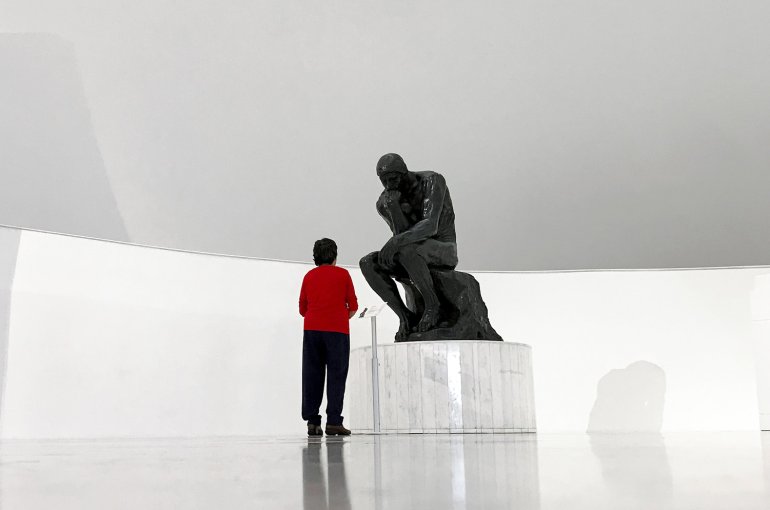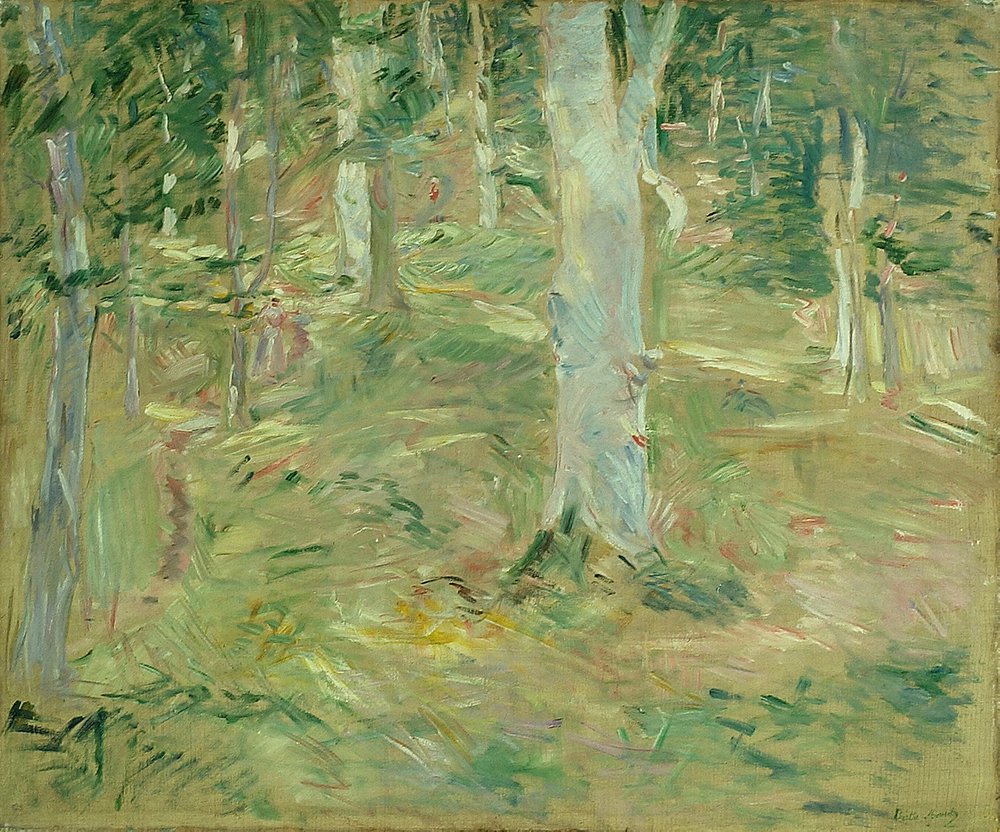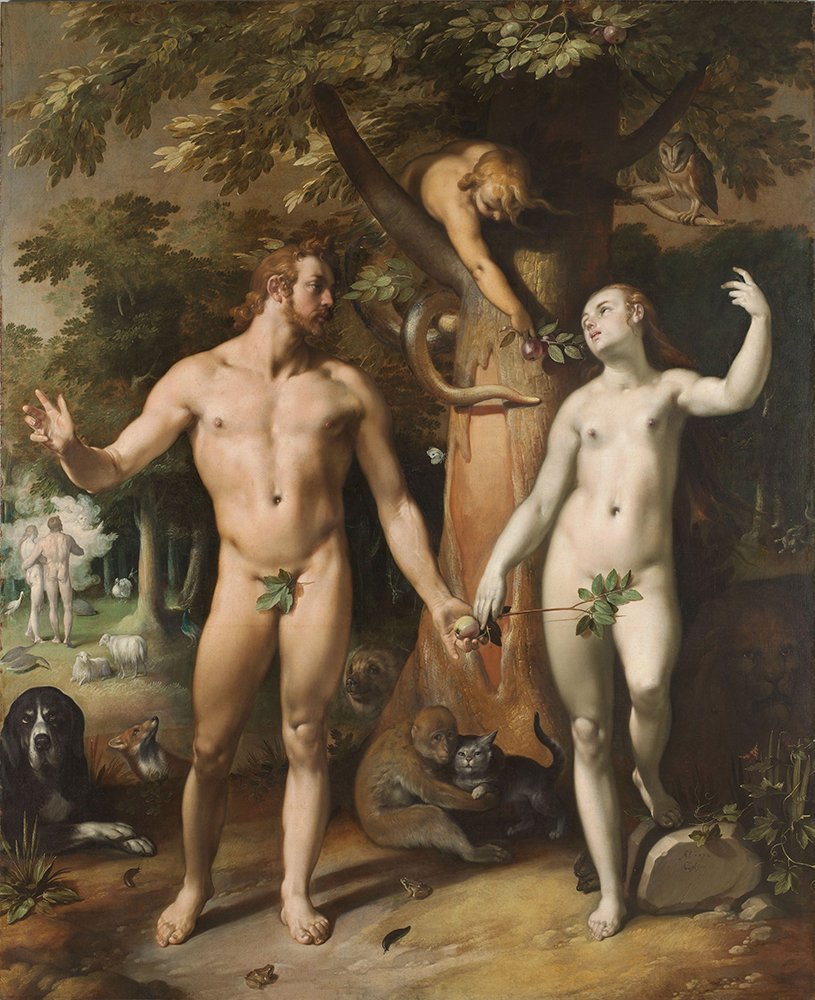I think, therefore I’m not: towards another way of knowing
BLOG: Climate Confessions

In David Abram’s enchanting The Spell of the Sensuous,[i] he tells the story of how he lost the ability to commune with the more-than-human world. When spending time among shamans in Bali, he had slowly started to feel as if he shared a wavelength with non-human creatures. They would mimic his gestures, and he theirs, and it seemed as if they understood one another. But within weeks of his return to the United States, he found that he was losing this ability. Understanding how this happens is crucial to tackling planetary breakdown.
— by Timothy Stacey
Part of the problem, he explains, was urban life. The roaring of engines drowns out the chirping of birds. The city lights cloud out the stars. But deeper, this way of living itself, he suggests, derives from a means of understanding the world best encapsulated in Rene Descartes’ phrase: “I think, therefore I am”. Only I, and other things with the capacity to reason as I do, have real existence and therefore moral worth. As Abrams became re-immersed in Cartesian culture, he slowly lost his capacity to connect with the more-than-human world.
I’ve experienced something similar. In the summer of 2021, I was sitting in a beer garden on the Sunshine Coast of what international law recognises as British Columbia (BC). My eyes were locked with those of a black Labrador. Transfixed, I found myself experiencing something close to a sense of mutual understanding. I turned to my partner: “Am I crazy, or do you also feel a profound connection when you look at that dog?” “You’re crazy”, she quickly replied, with a wry smile.
I had just returned from a week in the mountains, where I’d been spending time with a group of indigenous-led activists as they defended old growth trees from logging. On campaigns like these, you can’t help but feel a sense of reciprocity with the trees you’re there to defend. The air feels fresher among the trees as they breathe in your carbon dioxide and release oxygen. Their resin becomes your perfume. Their branches provide shelter from the intermittent sun and rain. And with many of the trees believed to be more than 500 years old, there is a feeling that they remember the world prior to colonisation.
In BC, all of these sentiments are reinforced by the myths and rituals surrounding the trees. Our indigenous leaders talk of the land and the trees as sacred, and intersperse traditional stories with science to help settlers understand. They talk, for example, of the sacrifice mother trees make to aid their saplings.[ii] A few people at a time, we are invited to sit with mother trees. And as with an elderly relative, when it is felt that the mother trees have received too many visitors, we are asked to give them time to recuperate.
Once you have allowed yourself to feel emotionally connected to trees, bonding with animals is nothing. I frequently found myself sitting among other activists’ dogs, trying to communicate with them. This didn’t mean translating dog into English. Instead, rather than talking, I would mimic their behaviour. The dog would tip its head to the side and stick his tongue out. I’d follow. I would sit, and they’d join me. When their human parents volunteered for the front line, I acted as a carer. I could feel their concern. And so it was that I came home feeling deeply connected to the more-than-human world. But like Abrams, I swiftly lost this capacity.
The very graphs and charts we have developed to represent the end of the world diminish our existence within the world.
One of the surest paths to losing connectedness was analysing my experiences for academic purposes. Among academics, it is often assumed that some ways of describing the world and its objects can more fully grasp their reality. The most extreme form of this intuition is logical positivism, which insists that we can only claim to know that which is logically necessary or empirically demonstrable. Everything else, from God to beauty, is nonsense. On the other hand, according to philosophers in the object-oriented ontology tradition, objects have a quality that recedes from our grasp.[iii] Every means of perceiving always misses the whole. When I look into a dog’s eyes, I’m not seeing its legs. And when I see it as “just a dog”, as my partner was that day in the beer garden, I am missing other qualities. There is always something that escapes our frames. I like to call this elusive quality spirit.[iv] This becomes my entry point into animism. For me, every object has spirit. Every object is more than we have the capacity to represent. It has a mysterious unknowability. Appreciating this spirit is the source of a deeper connection, a more profound means of knowing and, through this, a richer means of existing. From this perspective, as I mine my experiences for insights deemed worthy of social scientific papers, I am also undermining their spirit, making them into less than they otherwise might be, diminishing their existence, and, with it, my own.
In search of other ways of knowing, Westerners often turn to philosophies from elsewhere. While important as a means of raising awareness of marginalised philosophies and their profound insights, this has the unfortunate tendency of making Western culture seem utterly instrumental. But the remnants of other ways of knowing, though side-lined, are palpably present in Western culture. Amongst the English, for example, in equal measure sexually repressed and obsessed, it remains common to joke, “I knew him in the biblical sense” when referring to a former sexual partner. The phrase comes from the King James Bible - still the go-to text for Anglicans around the world - where in some passages “to know” means to have had sex with: “And Adam knew Eve his wife; and she conceived, and bore Cain.” But it doesn’t have to be sexual. For example, Adam and Eve were together tempted to “know” good and evil, and people are called upon to “know” Jesus Christ.[v] Instead, and in stark contrast to the scientific understanding of knowledge as the accumulation of facts, to know appears to mean something like “to enter into relation with”. Knowing and belonging come together.
From the perspective of this biblical way of knowing, Cartesian ideas of thinking are equivalent to becoming alienated: killing one’s connectedness, removing oneself from an intricate network of belonging. In other words, to think is to no longer exist.
I believe this perspective can provide new insights into why the science of planetary breakdown is failing to cut through to people. The very graphs and charts we have developed to represent the end of the world diminish our existence within the world.
And yet, as Donna Harraway insists, “think we must”.[vi] Even if scientific thinking has served to sever our link with the more-than-human world, science is also best placed to ring the alarm. So rather than dismissing scientific practice, our question must be: how can we do science in a manner that honours existence?
Climate Confessions is a monthly blog series in which Timothy Stacey reveals the “religious repertoires” associated with sustainability in various sectors. From the myths of great floods that dominate in Dutch politics to the rituals of reconnecting with other humans and the other-than-human found among activists, each month, Tim invites you into the repertoires that lurk beneath the surface, shaping sustainability in an otherwise secular world. For more formal reflections, see Tim’s peer-reviewed research: www.uu.nl/staff/TJStacey/Publications. To discuss how repertoires might transform your practice, get in touch t.j.stacey@uu.nl



